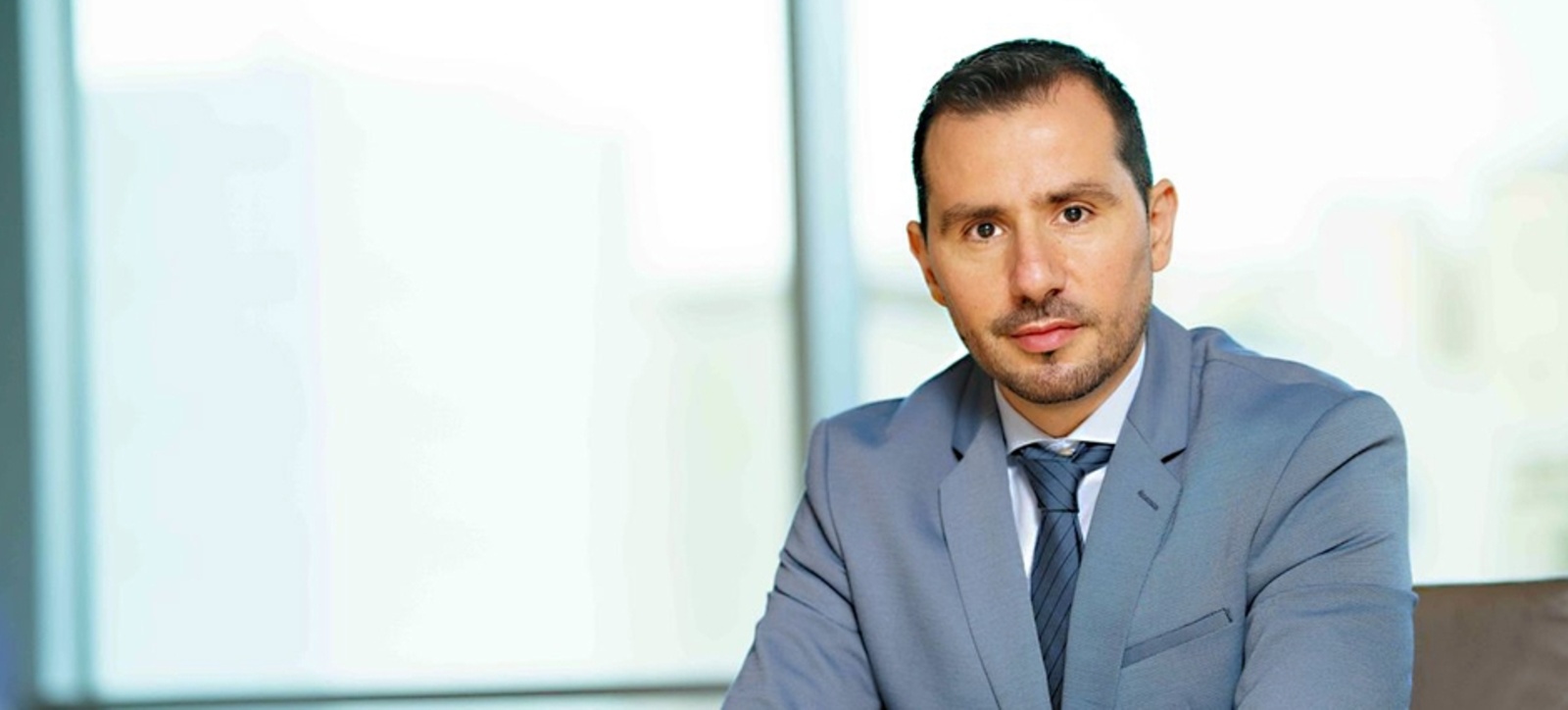
The theory
When Swiss psychiatrist Elisabeth Kübler-Ross started interviewing terminally ill people in the 1960s little did she know that her theory on the stages of grief would become a tool for change management.
The Kübler-Ross Change Curve is derived from her 1969 book On Death and Dying, and details the different emotional stages an individual goes through when they are confronted with dramatic change, such as being made redundant or being asked to take on a different role at work as part of a restructure.
The curve outlines seven stages in the emotional journey:
- Shock – disbelief at the change
- Denial – carry on as normal and ignore it
- Anger – why is this happening to me?
- Bargaining – to try to keep their present role
- Depression – unmotivated and feeling powerless
- Acceptance – this change is happening
- Problem-solving – finding ways to make the change work
By being aware of these different stages in the journey towards change, managers can provide employees with the right support and emotional response.
In the first stages of shock, denial and anger, managers need to be sensitive and give staff time and space to comprehend what is being asked of them. But when they move to bargaining, managers need to listen but firmly remind them that the change is going to happen.
During depression managers need to be empathetic until acceptance is reached and then they can work together on problem-solving to find new ways of working.
 Emotional journey: Fahmi Jabri uses the Kübler-Ross Change Curve extensively
Emotional journey: Fahmi Jabri uses the Kübler-Ross Change Curve extensively
The practice
Fahmi Jabri, 42, of Dubai in the United Arab Emirates, learned about the Kübler-Ross Change Curve on the Organisational Behaviour module while studying for an Executive MBA.
He has gone on to use it many times as a General Manager for Middle East, Turkey, Central Asia and Africa at Honeywell, an industrial conglomerate.
Fahmi said: "Over the last few years, we have had to implement several changes to cope with, initially, the global economic slow-down, followed by the COVID pandemic and its impact on our business and personal lives.
“Some of these changes were minor and tolerable, but in other cases we needed to make major changes, including organisational restructuring, revamping our go-to market strategy or a redeployment of resources.
“And since some of the changes had a drastic impact on the way we ran our business, they were traumatic for some of our employees. We realised that if the situation was not managed properly and carefully, morale would go down, people would become demotivated and the business would be negatively impacted.
“Hence, and in every change I encountered or implemented, I used the Kübler-Ross Change Curve as my guideline to navigate those waves of change.
“Some of the key points I realised during this journey is that different people go through the same change at different speeds, ie they go through the Kübler-Ross curve differently. Such difference in speed could be weeks or even months. I had to keep on checking the pulse of my team to figure out what stage each person was at, so that I tailored my communications and actions accordingly.
“For example, if somebody was still at the denial stage, as a manager, the role should be to help employees understand why this is happening and how that change can be helpful for the business, yet make sure they understand this specific change is permanent and won’t go away.
“While if the person was in the bargaining stage, the discussion would be around ways and options of implementation; looking at what’s in it for them and at options to reduce the impact.
“Moreover, the Kübler-Ross Change Curve not only helped me understand the mental and emotional phases my team members were going through, and also how to coach and guide them through the change implementation journey, but it also helped me understand my own as well.
“The same theory and curve applies to middle and senior management, and even executives, of any corporation, since major changes usually start from the top and get cascaded down the chain. Hence, when the employees are just starting the change journey, middle managers and executives might have just exited the curve or might even still be going through it but at a later stage.”
For more articles on Leadership sign up to Core Insights here.




 X
X Facebook
Facebook LinkedIn
LinkedIn YouTube
YouTube Instagram
Instagram Tiktok
Tiktok